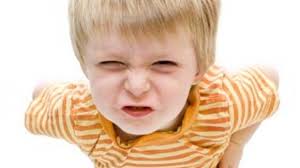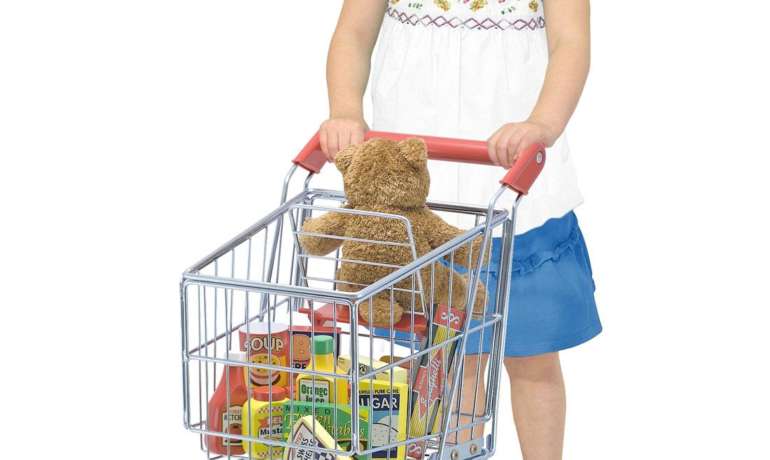Help! My child is very emotional and has lots of fits and/or tantrums. I’m tired of the screaming, fits, pouting and rage.
In order to better control himself and to interact with others, a child needs to be aware of what he is feeling and then be able act on those feelings. There are a number of ways to teach these two skills.
Finally you can teach your child to understand his real feelings by attaching appropriate language to what is happening. If a child says he hates his grandmother, it is probably because he does not have the language development to say something like ” I am really frustrated at grandmother for making me wear these itchy pants”. The adult needs to label the feelings for the child. Since a parent can not fully know what a child is feeling, you can guess. “I am wondering if you might be feeling frustration about not being able to pull your socks on”. Sometimes, adults teach children the names of just the basic feelings: sad, happy, and angry. We should also teach the nuances of feelings such as rage, anger, frustration and annoyance to develop even more self-awareness in children.




